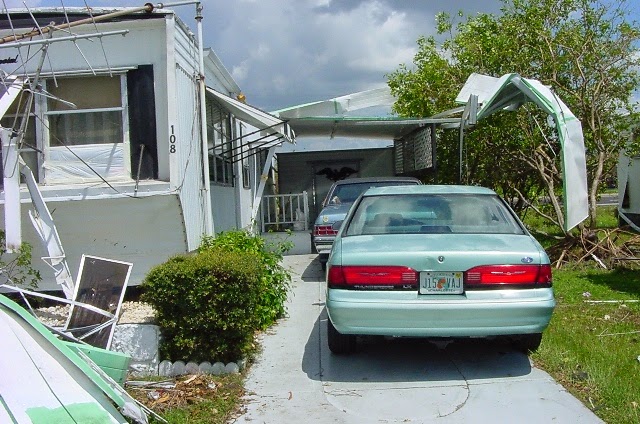If I had a dime for every time someone asked me that question...
"So, you are the county's public information officer and you 'do' hurricanes. What does that involve?"
In a nutshell, it means that I work with residents and the local media to promote disaster preparedness, and should thing go wrong, I provide information about the nature of the threat and what people can do to stay safe.
But, the job is so much more than that. It's about building relationships with the folks who work in the ever-evolving media industry. It's about knowing the demographics of my home community, and how that shapes my message. It's about reaching out to my colleagues in different organizations locally, statewide and across the country to ensure we are all identifying trends that we should all be aware of.
 |
| A PIO working the scene of the Joplin, Missouri tornado, 2011 |
It's about combing the news every day, seeing what is transpiring across the globe and wondering, "Gosh, what if that happened here - in my home town - today?"
It's about understanding what has happened to those who came before us and understanding why they reacted the way they did. And, it's also about those who will come after us, who will be asking the very same question.
It's about building procedures for how to handle crises, yet understanding that flexibility can mean the difference between success and failure when a situation threatens.
And, it's about knowing that when a disaster threatens, we have to leave our families to report to work to help others. That's not as easy as it sounds.
What I wanted to accomplish by establishing this blog was to share some of what I have learned since I started serving in this role back in 1998, and to provide a place for the many colleagues I have met over the years to share some of their thoughts as well. Hopefully, we'll be able to build a collection of advice, tips and hard-learned lessons that can help make our jobs a little easier and improve our chances of success when faced with difficult situations.
I am excited about this prospect, and I look forward to what the future holds!
Tom Iovino, Public Information Specialist
Pinellas County, Florida
https://www.linkedin.com/in/tomiovino
























